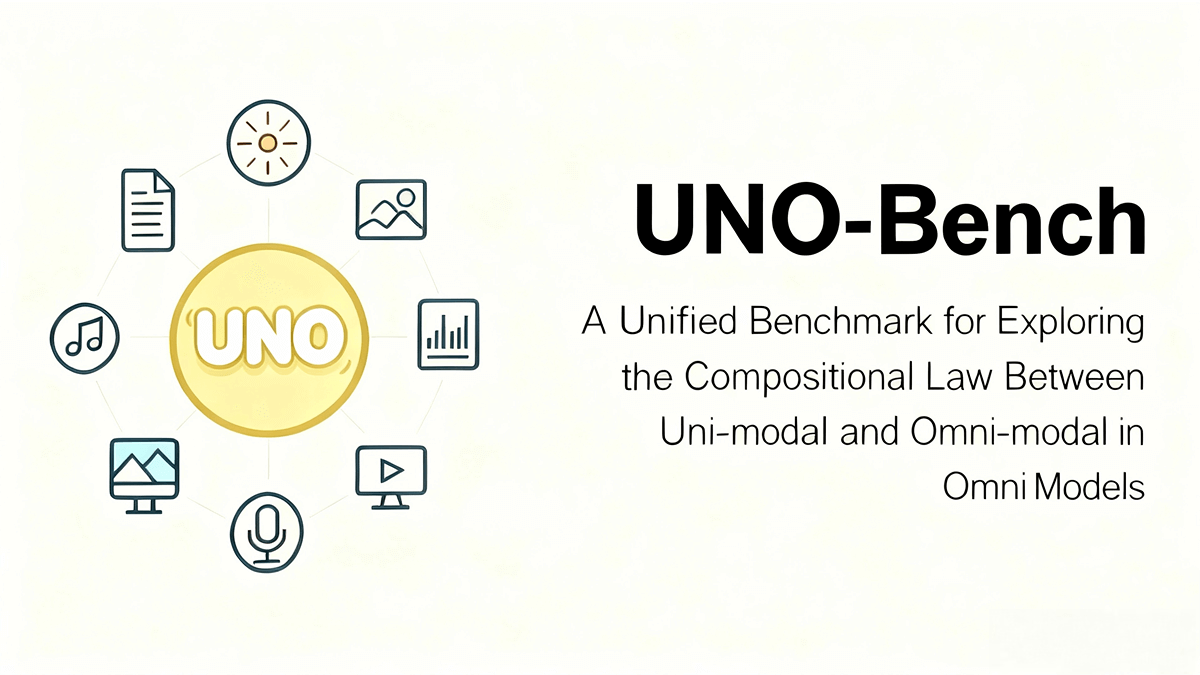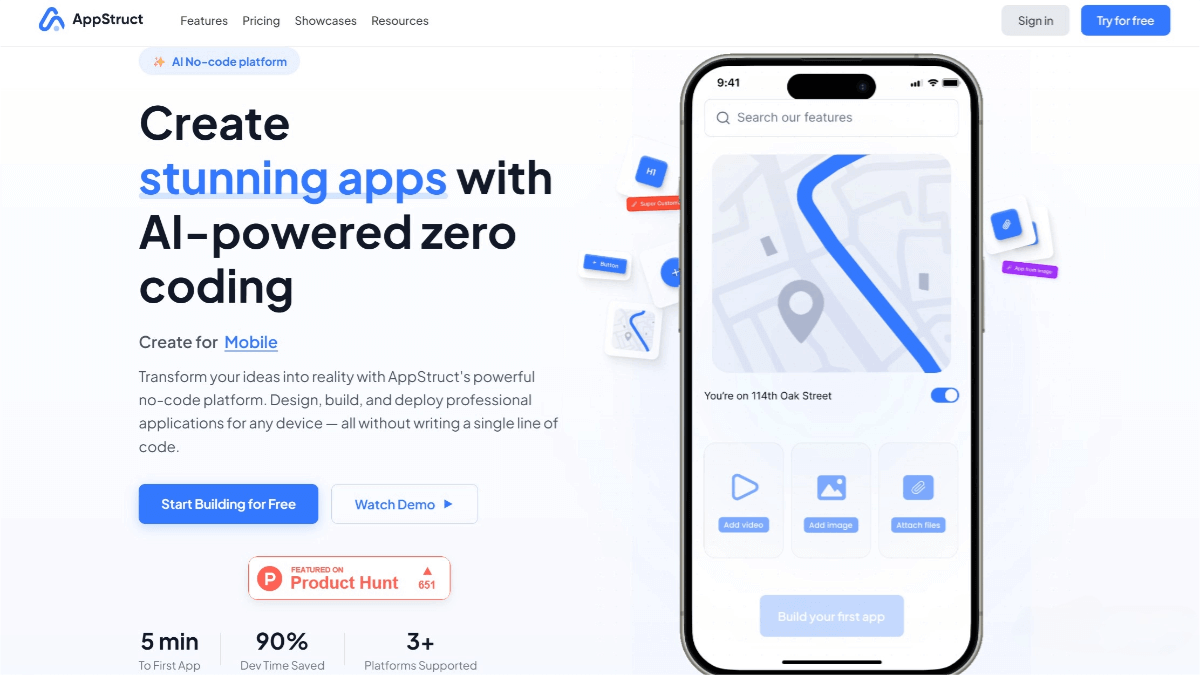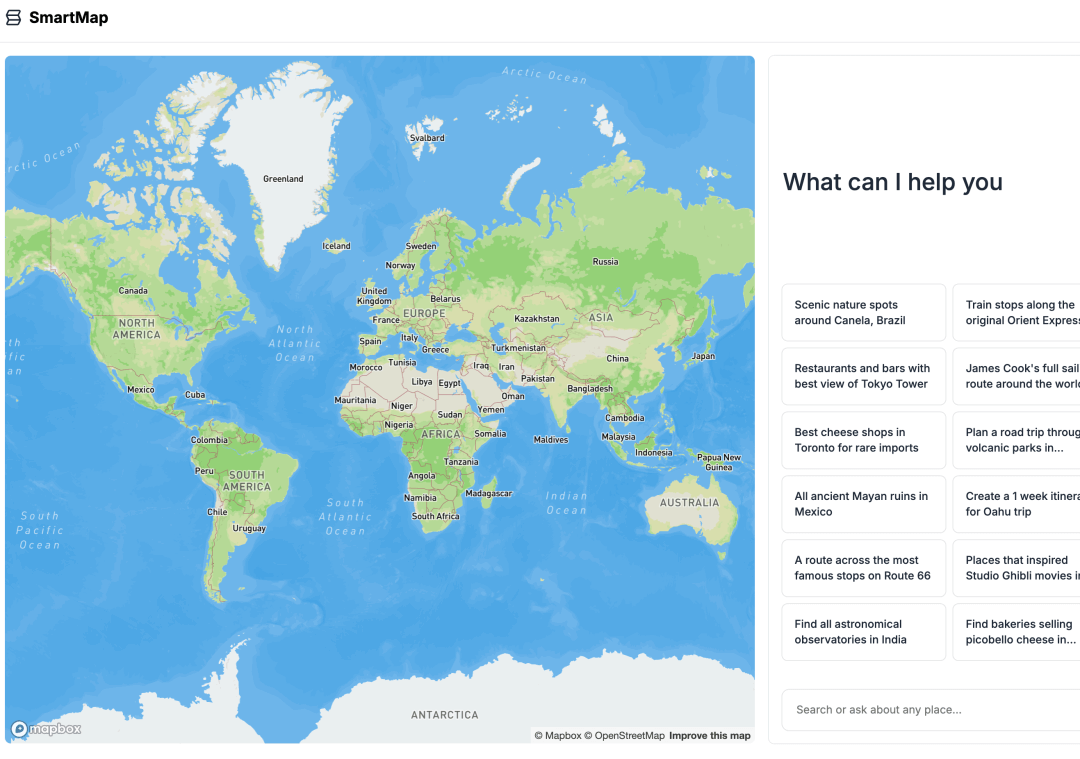UNO-Bench – An Omni-Modal Large Model Evaluation Benchmark Released by Meituan LongCat
What is UNO-Bench?
UNO-Bench is an omni-modal large model evaluation benchmark introduced by Meituan’s LongCat team. Designed to address the gaps in existing evaluation systems, UNO-Bench uses high-quality and diverse data to accurately measure both single-modal and omni-modal capabilities. The benchmark is the first to verify the “composition law” of omni-modal large models, revealing the complex interplay between single-modal and omni-modal abilities. With its innovative multi-step open-ended questions and efficient data compression algorithms, UNO-Bench improves both evaluation granularity and efficiency, providing a scientific assessment tool that advances the development of omni-modal foundation models.

Main Features of UNO-Bench
Accurate capability assessment:
Uses high-quality, diverse datasets to evaluate model performance across single-modal and omni-modal tasks involving images, audio, video, and text.
Revealing capability composition laws:
Verifies the “composition law” of omni-modal large models for the first time, exposing the intricate relationships between single-modal and omni-modal abilities and offering theoretical support for model optimization.
Innovative evaluation methodology:
Introduces Multi-step Open-ended (MO) questions to assess how well models maintain reasoning depth across complex tasks, effectively distinguishing differences in reasoning capabilities.
Efficient data management:
Adopts a clustering-guided hierarchical sampling method to greatly reduce evaluation costs while maintaining highly consistent model rankings.
Support for multimodal fusion research:
Provides a unified evaluation framework that helps researchers explore multimodal fusion and paves the way for more powerful omni-modal models in the future.
Technical Principles Behind UNO-Bench
Unified capability framework:
Model capabilities are decomposed into a perception layer and a reasoning layer.
-
The perception layer covers fundamental skills such as basic recognition and cross-modal alignment.
-
The reasoning layer includes advanced tasks such as spatial and temporal reasoning.
This dual-dimensional framework provides a clear blueprint for data construction and model evaluation.
High-quality data construction:
-
Data collection & annotation: Data is manually labeled with multi-round quality checks to ensure high quality and diversity. Over 90% of the dataset is private and original, preventing data contamination.
-
Cross-modal solvability: Ablation studies ensure that more than 98% of questions genuinely require multimodal information, avoiding redundancy from single-modal cues.
-
Audio-visual recombination: Audio content is designed independently and manually paired with visual materials to break information redundancy, compelling models to perform true cross-modal fusion.
-
Data optimization & compression: A clustering-guided hierarchical sampling method selects representative samples from large-scale data, reducing evaluation costs while preserving ranking consistency.
Innovative evaluation methods:
Complex reasoning tasks are decomposed into multiple sub-questions requiring open-ended text answers. Expert-weighted scoring provides precise measurement of reasoning capabilities. Through fine-grained question type categorization and iterative multi-round annotation, the system automatically scores multiple types of questions with an accuracy of up to 95%.
Verification of the composition law:
Regression analysis and ablation experiments show that omni-modal performance is not a simple linear sum of single-modal abilities. Instead, it follows a power-law synergistic pattern. This nonlinear relationship provides a new analytical framework for evaluating fusion efficiency.
Project Links for UNO-Bench
-
Official Website: https://meituan-longcat.github.io/UNO-Bench/
-
GitHub Repository: https://github.com/meituan-longcat/UNO-Bench
-
HuggingFace Dataset: https://huggingface.co/datasets/meituan-longcat/UNO-Bench
-
arXiv Paper: https://arxiv.org/pdf/2510.18915
Application Scenarios of UNO-Bench
Model development and optimization:
Provides standard evaluation tools to help developers refine model architectures and improve multimodal fusion capabilities.
Industry application evaluation:
Useful in fields such as intelligent customer service and autonomous driving for assessing model performance in multimodal interaction scenarios and improving user experience.
Academic research and competitions:
Serves as a unified benchmark for academic analysis, model comparison, and multimodal competitions, driving technological breakthroughs.
Product development and market evaluation:
Helps companies assess product functionality and competitive positioning, offering scientific support for multimodal product development.
Cross-modal application development:
Supports domains such as multimedia content creation and intelligent security, enhancing performance and reliability in multimodal applications.
Related Posts




